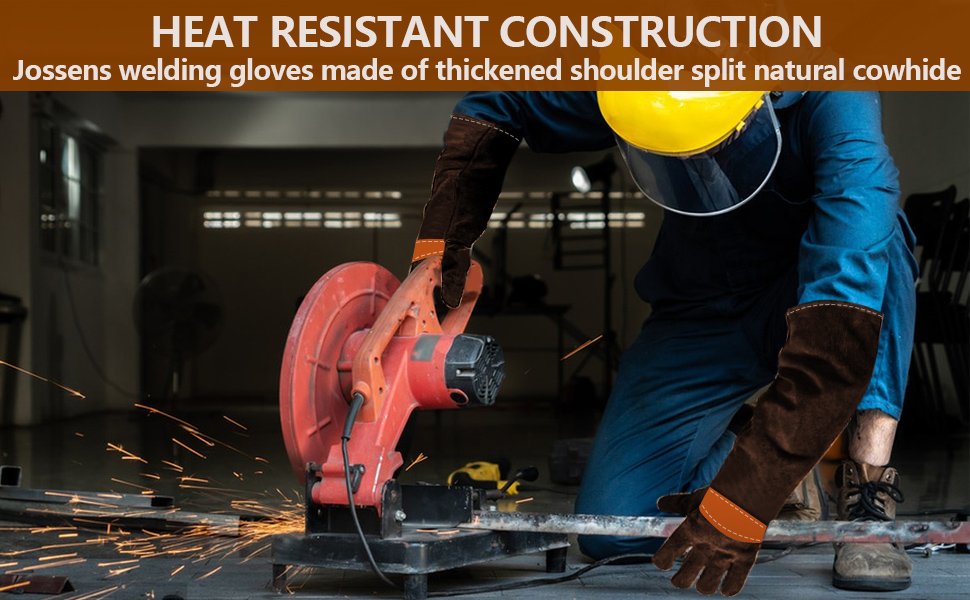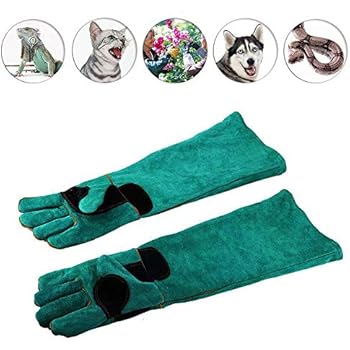As a dog owner, ensuring the safety of both your pet and yourself is paramount, especially when it comes to training and handling behaviors that may involve biting or nipping. Bite gloves are essential tools in this regard, providing protection during training sessions or when dealing with aggressive behaviors. With various options available on the market, it can be overwhelming to select the right pair. This article aims to guide you through the process of choosing the best bite gloves, highlighting key factors to consider, popular brands, and best practices for use.
Understanding Bite Gloves
Bite gloves are specialized protective gear designed to shield your hands from bites during training or handling sessions. They are particularly useful for trainers, veterinarians, and dog owners dealing with aggressive or overly excited dogs. These gloves can vary significantly in terms of material, design, and intended use, making it crucial for owners to select the right pair for their specific needs.
Key Factors to Consider When Choosing Bite Gloves

When selecting bite gloves, several factors should be taken into account to ensure that you choose the right pair. Here are the most important considerations:
- Material: The material of the gloves affects their durability and level of protection. Common materials include:
- Leather: Offers excellent protection and durability but can be heavy and less flexible.
- Canvas: Lightweight and breathable, making it comfortable for extended wear, but may not offer as much protection.
- Kevlar: Known for its high resistance to cuts and bites, providing excellent protection without sacrificing flexibility.
- Fit: A snug fit is crucial for maintaining control and dexterity. Gloves that are too large can slip, while those that are too tight may restrict movement.
- Length: Longer gloves can offer additional protection to your forearms, which may be beneficial when handling larger dogs.
- Padding: Some gloves come with extra padding, which can enhance comfort and protection during training sessions.
- Price: While it’s tempting to go for the cheapest option, investing in high-quality gloves can save you money in the long run by providing better durability and protection.
Popular Brands of Bite Gloves

Several reputable brands manufacture bite gloves, each offering unique features and benefits. Here are some of the most popular brands to consider:
- PetSafe: Known for their high-quality pet training gear, PetSafe bite gloves are durable and come in various sizes to fit different users.
- Ruffwear: Specializing in outdoor gear for dogs and their owners, Ruffwear gloves are designed for durability and comfort, making them suitable for various training scenarios.
- Julius-K9: This brand offers a range of bite sleeves and gloves, emphasizing safety and security during training with aggressive dogs.
- Dogtra: While primarily known for their e-collars, Dogtra also offers protective gear, including bite gloves designed with trainers in mind.
Case Study: Evaluating Effectiveness Through Real-Life Examples

To illustrate the importance of choosing the right bite gloves, consider the following case studies:
Case Study 1: Sarah, the Dog Trainer

Sarah is a professional dog trainer specializing in rehabilitating aggressive dogs. Initially, she used basic leather gloves, which provided decent protection but limited her dexterity. After switching to Kevlar gloves from a reputable brand, she noticed a significant improvement in her ability to handle dogs safely and effectively. The added flexibility allowed her to execute training commands more efficiently, while the enhanced protection minimized her risk of injury during sessions.
Case Study 2: Mike, the Veterinarian

Mike works in a busy veterinary clinic where he frequently encounters anxious and aggressive dogs. He opted for padded bite gloves that not only protected his hands but also provided comfort during long shifts. The gloves’ extended length offered additional forearm protection, which proved essential when handling larger breeds. As a result, Mike reported a decrease in injuries and a more positive experience when managing challenging cases.
Statistics on Dog Bites and Safety
Understanding the prevalence of dog bites can underscore the importance of protective gear like bite gloves. According to the American Veterinary Medical Association (AVMA), there are approximately 4.5 million dog bites reported in the United States each year. Out of these incidents, nearly 800,000 require medical attention, showcasing the need for safety measures when handling dogs, particularly those with aggressive tendencies.
Best Practices for Using Bite Gloves

Choosing the right gloves is only part of the equation; using them correctly is equally important. Here are some best practices to follow:
- Always supervise interactions: Even with protective gear, always supervise interactions between dogs and humans, especially during training.
- Gradual exposure: Introduce bite gloves gradually to your dog, allowing them to get comfortable with your appearance while wearing them.
- Regular inspection: Check your gloves regularly for signs of wear and tear. Replace them if you notice any damage that could compromise protection.
- Combine with positive reinforcement: Use bite gloves in conjunction with positive reinforcement training methods to encourage good behavior in your dog.
Choosing the right bite gloves is a critical decision for dog owners and professionals alike. By considering factors such as material, fit, and brand reputation, you can ensure that you select gloves that provide adequate protection and comfort. Real-life examples and statistics highlight the importance of protective gear in reducing the risk of dog bites and promoting safer interactions. Remember to follow best practices when using bite gloves to maximize their effectiveness. Ultimately, investing in high-quality bite gloves can enhance your training experience and foster a safer environment for both you and your dog.


